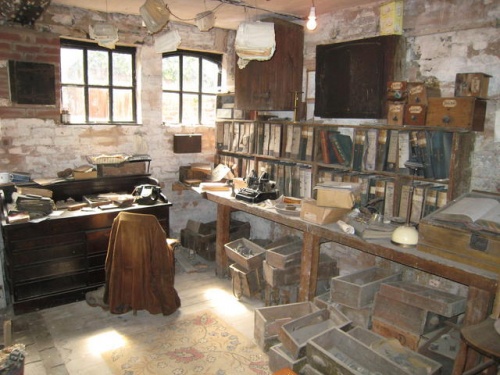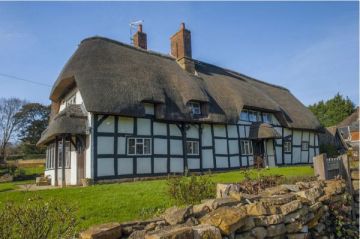
Among the highlights of the museum's collections are 50 etchings donated by Sir Frank Brangwyn, oil paintings (many from the Victorian period), and drawings by Frederick, Lord Leighton. Go underground to see the 1940 air raid shelter built for the staff of the Bewdly Post Office, which stood beside the museum.
See an authentic rope walk, and perhaps most interesting of all, a late 17th-century brass foundry established by Christopher Bancks. Bancks was a prominent pewterer, and brass maker, and the Bancks family operated the foundry until 1828.
Visitors can explore the town jails, built in 1802, see old police equipment, and hear the stories of some of the prisoners who were incarcerated here. Learn how the traditional crafts of making coracles, clay pipe manufacture, charcoal burning, and basket making were part of Bewdley's heritage. 'The Bewdley Story' display tells how Bewdly developed through time and explores local industry, crafts, and famous people from the area.
Local Crafts
There are craftspeople in residence at the museum, showing visitors traditional crafts such as rope and clay pipe making, stained glass, ceramics, and cabinet making.
Behind the museum is a herb garden where you will find medicinal plants and cooking herbs, plus a bee garden and a working water mill. A small woodland area shows how trees and plants were used in local crafts. Adjoining the museum is the lovely Jubilee Gardens, offering pleasant park walks along paved paths, a restored orchard, and fish pond.



